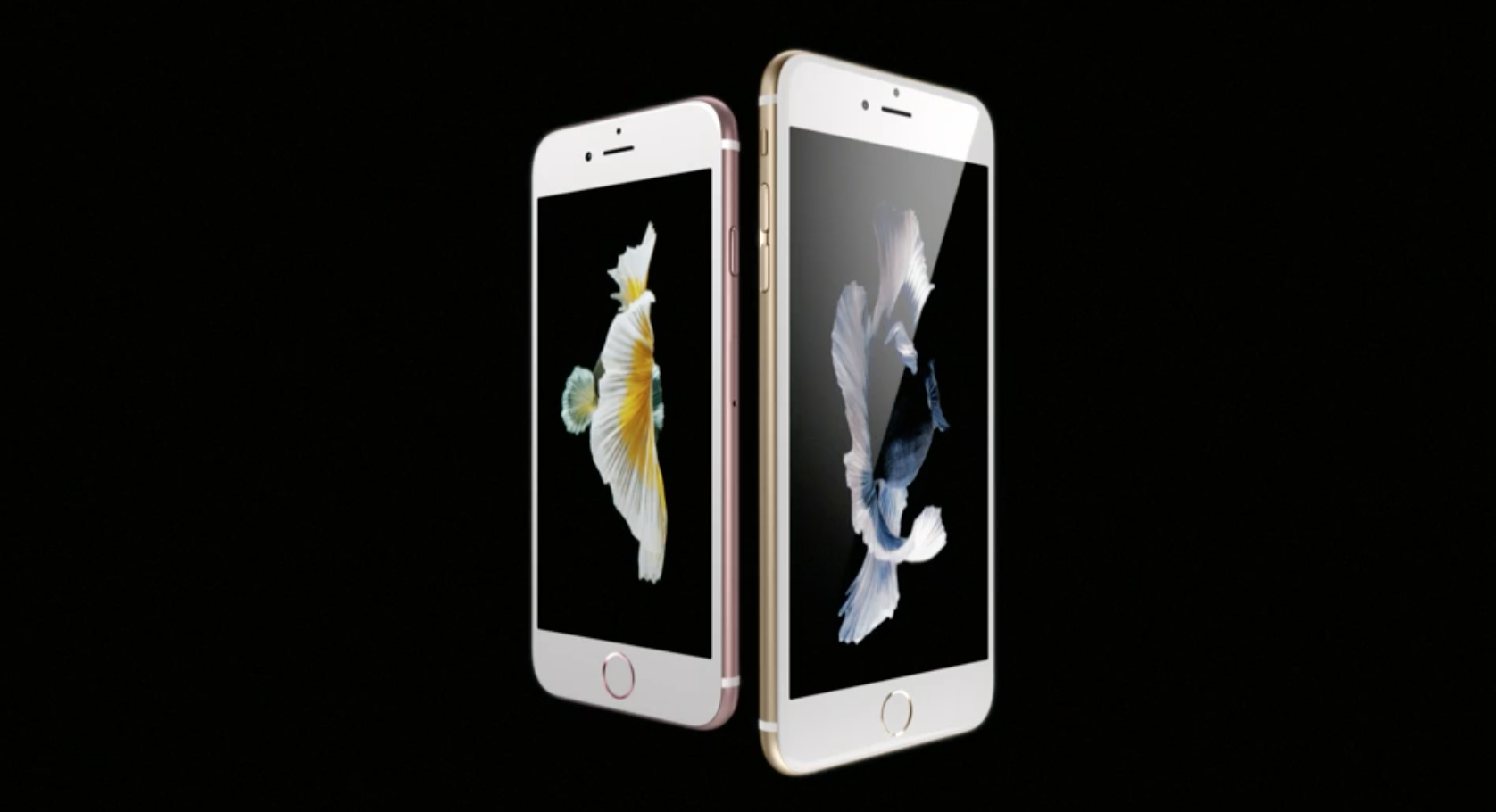

We may earn revenue from the products available on this page and participate in affiliate programs. Learn more ›
The news of Apple’s newest iPhones, the 6S and 6S Plus, ricocheted across the internet yesterday in a flurry of specs and buzzwords: 3D Touch, A9 processor, 4K video, LTE Advanced, Live Photos. Apple’s new hardware events are undoubtedly the most watched tech events of the year, and in a familiar cycle tech pundits (myself included) regurgitate morsels fed by during the keynote, followed by lofty think pieces (this one included) about what the new hardware means for the future of Apple. But instead of focusing on Apple’s future, lets think about what the iPhone means for the future of the smartphone.
The iPhone 6S is the pinnacle of what a smartphone can be in 2015. It almost has to be: Apple has been summarily incorporating all of its competitors’ best features since the first iPhone, using their uncanny power to legitimize technology to push consumers towards adopting the smartphone itself, then fingerprint scanners, secure mobile payments, and virtual personal assistants. (No removable battery and low storage space have always been Apple-first features, though.) Since the first iPhone, since even the first smartphone, we’ve been striving towards the ideal version of a rectangular screen: screen resolution so high that pixels are imperceptible, desktop-grade processors, and reasonable battery life. And now with the iPhone 6S, we’ve reached that peak smartphone.
There’s little room for hardware improvement in our current software ecosystem. The idea that modern smartphones need desktop- or tablet-level RAM is an simply marketing. In contrast to the 4GB Galaxy Note 5, S6 Edge Plus, OnePlus Two, and Mi Note Pro, the iPhone 6 Plus runs on 1GB of RAM. For display resolution, take a look at Sony’s new Xperia Z5, with a 4K display. Despite having the insane pixel density of 806 pixels per inch, even seasoned tech reporters couldn’t tell the difference between 4K and a 1080p display at that size. Battery life sits consistently across the main players, lasting “sometimes maybe a day, based on usage.” Besides packing a bigger battery into a phone, no company gains any advantage here. This is the plateau we face, brought on by the industry’s own innovation. We’re spinning our wheels in the hardware market.
So this begs the question: what’s next for smartphones? The answer isn’t certain, whether its a fundamental shift in form factor or material (glass a la Tony Stark?). The idea of a smartphone is to have portable access to all your information, or at least as much as the current UI allows. In the distant future, augmented reality seen through smart contacts could be way of viewing that information. Or smart glasses, though that seems like an intermediary technology. We’ve already seen what this could look like, thanks to our friends at Leap Motion, who created a “mixed reality” workspace with Oculus and a Leap Motion controller.

We can be sure, however, that there will be a lot of gimmicks along the way. Samsung’s latest attempt to capture the millennial market is in software— they’re pitching the ability to livestream video to YouTube, but that’s a tiny feature to really sell phones. LG thinks buttons in odd locations will be the future, while OnePlus is capitalizing on its fringe status to offer the “outsider” flagship. Motorola seems to be rising above the competition in this regard, offering aesthetic customization and letting cheap flagship phones sell themselves.
In a twist of fate, the logical counter-argument to the peak smartphone is 3D Touch. It’s a sign from Apple that even the 2D real estate of our phone screens aren’t safe from disruption. It’s actually a glimmer of hope for today’s slab smartphone.
But that’s today’s smartphone. If we move towards a non-traditional way to access our information, whether it be augmented reality or even an improved smartwatch or even just an ultra-thin phone, 3D Touch is made irrelevant. Input systems like the one Google ATAP displayed at I/O this summer makes far more sense for non-traditional screens like watches or other visual displays. Apple, unlike Google, HTC, Samsung, and even Facebook, has made no observable investment into virtual or augmented reality, or any other kind of emerging technology. Of course, we don’t know what’s happening deep in Apple’s labs, but in a rapidly-evolving tech environment, Apple could see itself left behind, still clutching to traditional form factors in a non-traditional world.
But the future is unclear—it always is. And no matter what tech companies try to push, user adoption is always key (ask Amazon about the Fire phone). So what do you think? What’s the smartphone of the future? Let us know on Twitter, tweet @PopSci with your future smartphone ideas.
